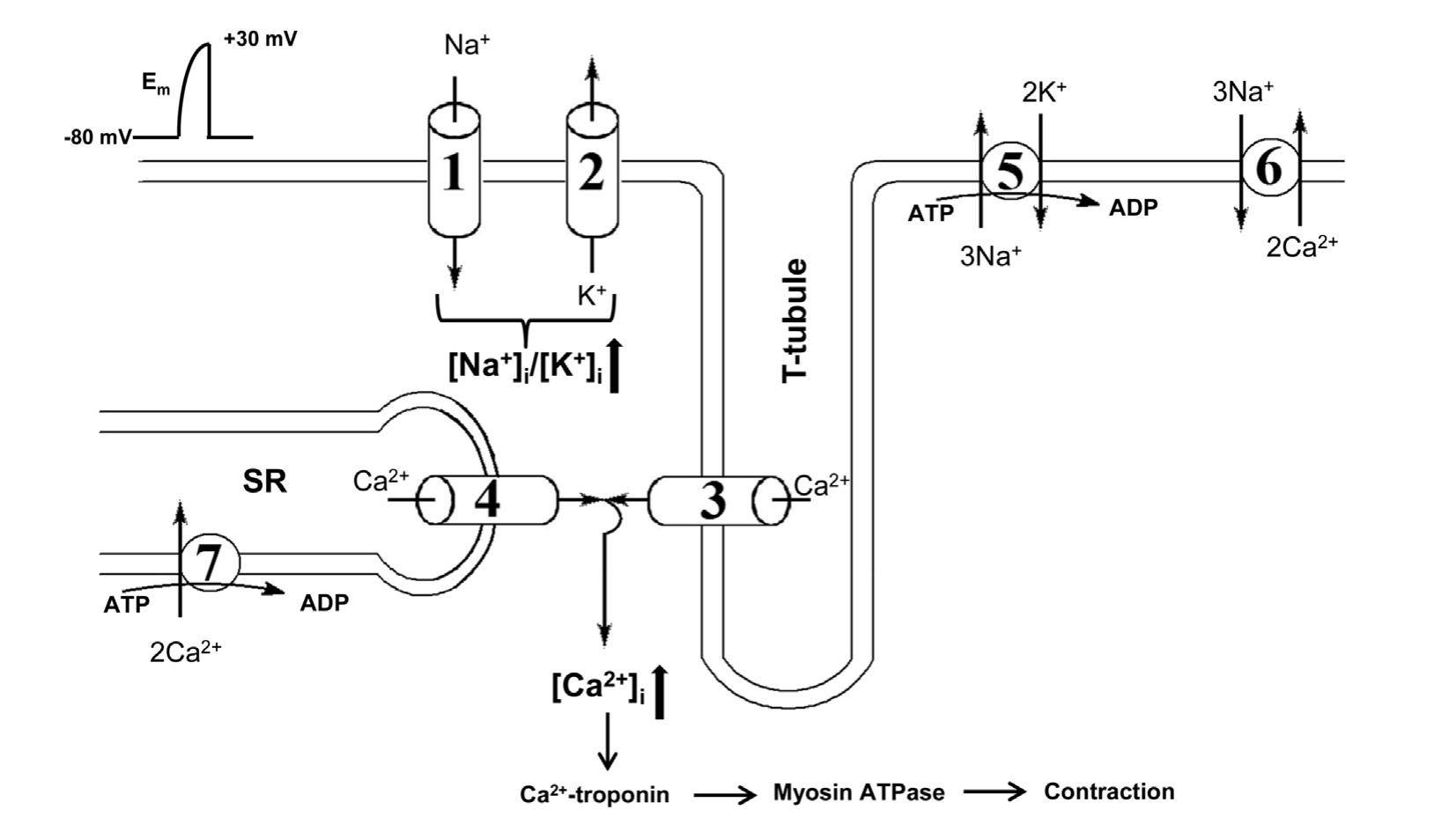
Skeletal muscle as an endocrine organ: Role of[Na+]i/[K+]i-mediated excitation-transcription coupling


During the last two decades numerous research teams demonstrated that skeletalmuscles function as an exercise-dependent endocrine organ secreting dozens of myokines. Variety of physiological and pathophysiological implications of skeletal muscle myokines secretion has been described; however, upstream signals and sensing mechanisms underlying this phenomenon remain poorly understood. It is well documented that in skeletal muscles intensive exercise triggers dissipation of transmembrane gradient of monovalent cations caused by permanent activation of voltage-gated Na+ and K+ channels. Recently, we demonstrated that sustained elevation of the [Na+]i/[K+]i ratio triggers expression of dozens ubiquitous genes including several canonical myokines, such as interleukin-6 and cyclooxygenase 2, in the presence of intra- and extracellular Ca2+ chelators. These data allowed us to suggest a novel [Na+]i/[K+]i-sensitive, Ca2+i-independent mechanism of excitation-transcription coupling which triggers myokine production. This pathway exists in parallel with canonical signaling mediated by Ca2+i, AMP-activated protein kinase and hypoxia-inducible factor 1α (HIF-1α). In ourmini-reviewwe briefly summarize data supporting this hypothesis as well as unresolved issues aiming to forthcoming studies.
